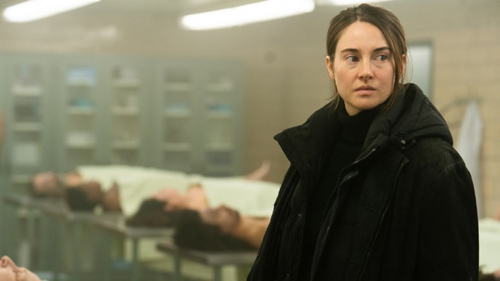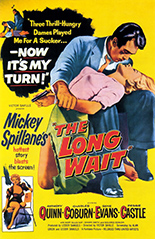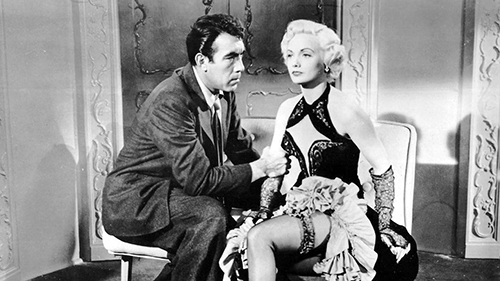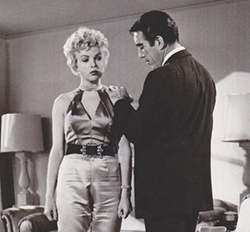
Drawing proportionate influence from the Italian giallo and the American Batman TV series of ’68, Sexy Cat is a Spanish murder mystery. And it’s loco.
The “beautiful mass murderess” Sexy Cat is set to leap from the comics to the small screen. Pissed his creator’s credit has been stolen by Bob Kane Paul Karpis (Beni Deus, Santo vs. Doctor Death), gin-soaked illustrator Graham (Fabián Conde, Murder in a Blue World) hires two-bit P.I. Mike Cash (Gérman Cobos, Desperate Mission) to help protect his copyright claim.
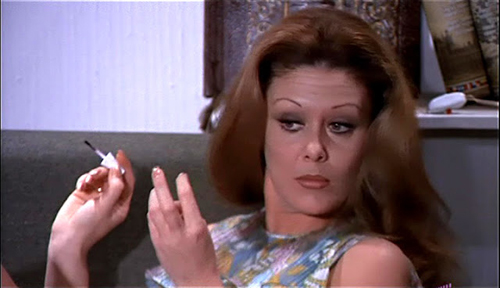
Graham should’ve hired a bodyguard instead, because he gets a knife blade dragged across his neck after Cash leaves. It’s just the first of many homicidal acts committed by someone dressed as the supervillain Sexy Cat. (Party mask and all, Sexy Cat looks a lot like the Marvel character Black Cat, then six years away from debuting in The Amazing Spider-Man’s pages). Other production-involved victims of Sexy Cat meet their doom via snake bite, plastic-bag asphyxiation and — finally! — razor-sharp kitty claws.
Considering the ultimate spice level of the content, the movie’s title is a tease (but, in hindsight, a no-brainer for Julio Pérez Tabernero, the eventual director of Hot Panties). Nonetheless, Sexy Cat is almost as much fun to watch as it is to say. Although the film isn’t much of a mystery — Sexy Cat’s true identity is easy to surmise, with time to spare — Tabernero gives his shaggy story an edge with such visual touches as a POV shot from inside the aforementioned Ziploc bag.
Also aiding in AV appeal: actresses Lone Fleming (Vampus Horror Tales) and Gloria Osuna (A Few Dollars for Django), Pop Art comics-style credits and a properly fizzy Carmelo Bernaola score. —Rod Lott

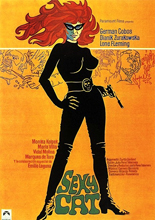
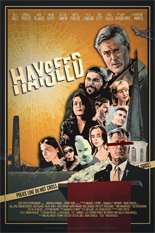
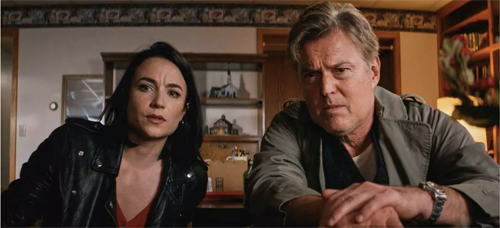
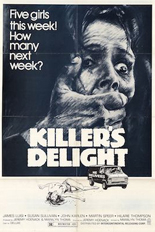
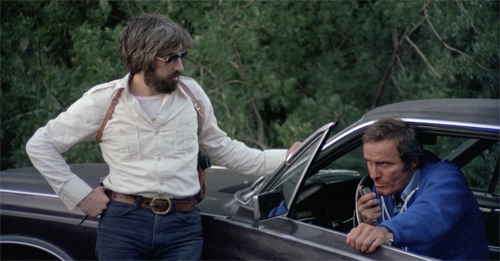

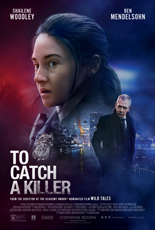 Auld acquaintance should be forgotten, not sniped. Someone in Baltimore failed to get the message, killing 29 celebrants on New Year’s Eve from a downtown perch several stories up. As soon as the authorities determine where, the place explodes, leaving no DNA for them to trace.
Auld acquaintance should be forgotten, not sniped. Someone in Baltimore failed to get the message, killing 29 celebrants on New Year’s Eve from a downtown perch several stories up. As soon as the authorities determine where, the place explodes, leaving no DNA for them to trace. 